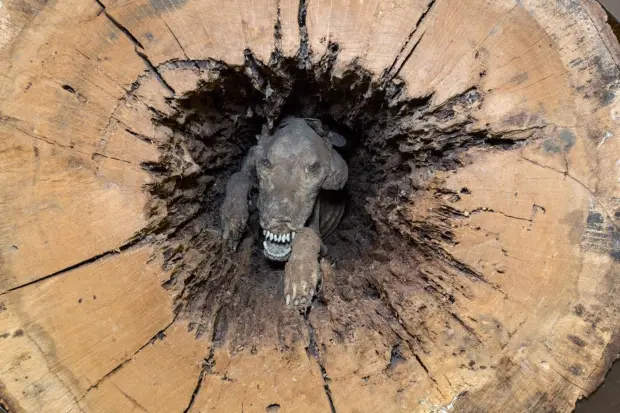A Huge 2,500-Year-Old Lost City Was Just Discovered In The Amazon Rainforest and Left Scientists in Awe
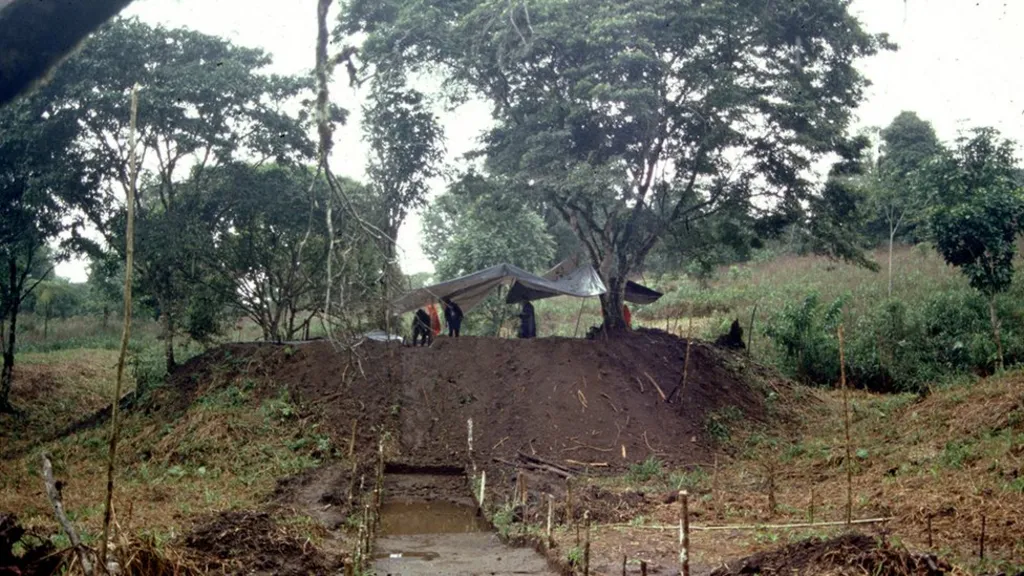
A huge ancient city has been found in the Amazon, hidden for thousands of years by lush vegetation.
The discovery has changed our understanding of the history of people living in the Amazon. In the Upano area of eastern Ecuador, archaeologists found houses and plazas connected by an impressive network of roads and canals. This area, near a volcano, had rich soils but the volcano may have also caused the society’s destruction.
Previously, it was thought that Amazonian people only lived nomadically or in small settlements, unlike the known cities in the South American highlands like Machu Picchu in Peru. “This is older than any other site we know in the Amazon,” says Professor Stephen Rostain from the National Centre for Scientific Research in France. “We have a Eurocentric view of civilization, but this shows we need to change our idea of culture and civilization.”
Antoine Dorison, a co-author of the study, adds, “It changes the way we see Amazonian cultures. Most people think of small groups living in huts and clearing land, but this shows that ancient people lived in complex urban societies.”
According to archaeologists, the city was built around 2,500 years ago and was inhabited for up to 1,000 years. While it’s hard to say exactly how many people lived there at any one time, scientists estimate the population could have been in the tens of thousands or even hundreds of thousands.
The researchers used ground excavations and a survey of a 300 sq km (116 sq mile) area with laser sensors flown on a plane to identify the remains of the city beneath the dense vegetation.
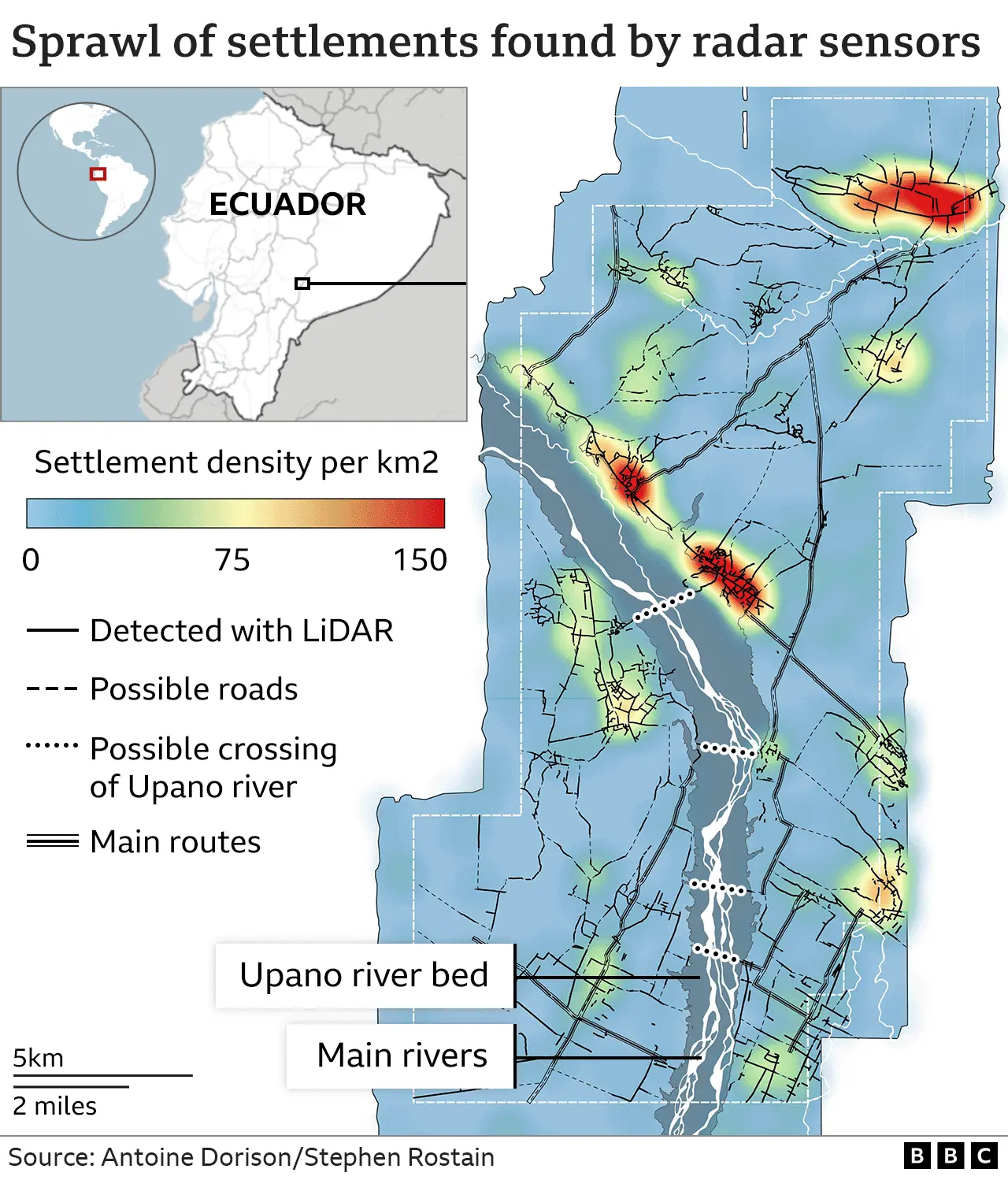
Using LiDAR technology, researchers discovered 6,000 rectangular platforms, each measuring about 20 meters (66 feet) by 10 meters (33 feet) and 2-3 meters high. These platforms were arranged in groups of three to six around a plaza with a central platform. Scientists believe many of these platforms were homes, while others were used for ceremonies. One complex at Kilamope featured a large platform measuring 140 meters (459 feet) by 40 meters (131 feet). These platforms were constructed by cutting into hills and building up a layer of earth on top.
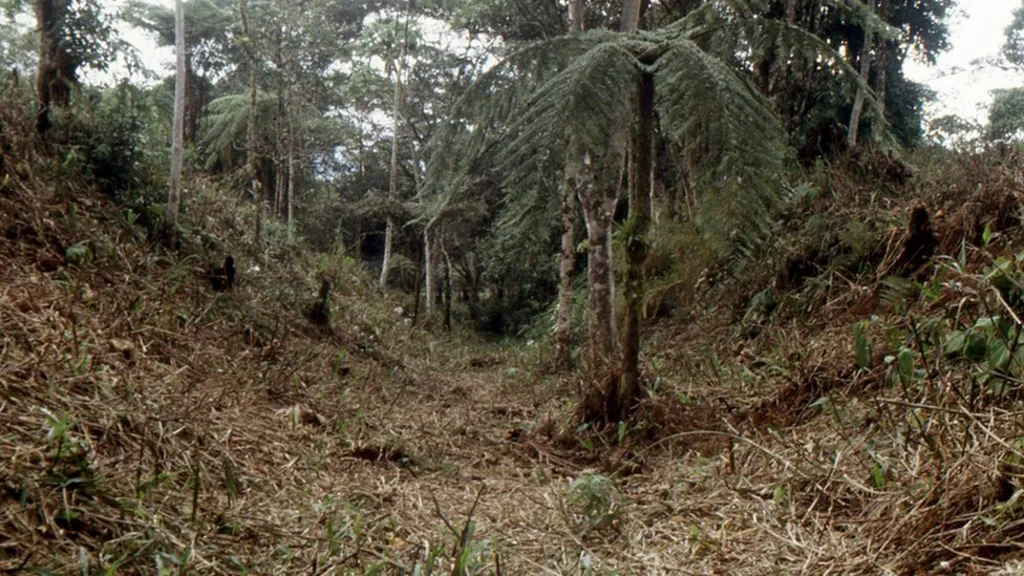
A network of straight roads and paths connected many of the platforms, including one that stretched 25 km (16 miles). Dr. Dorison said these roads were the most striking part of the research.
“The road network is very sophisticated. It extends over a vast distance, with everything connected and featuring right angles, which is very impressive,” says Dr. Dorison. He explains that building straight roads is much harder than following the natural landscape. He believes some roads had a “very powerful meaning,” possibly related to ceremonies or beliefs.
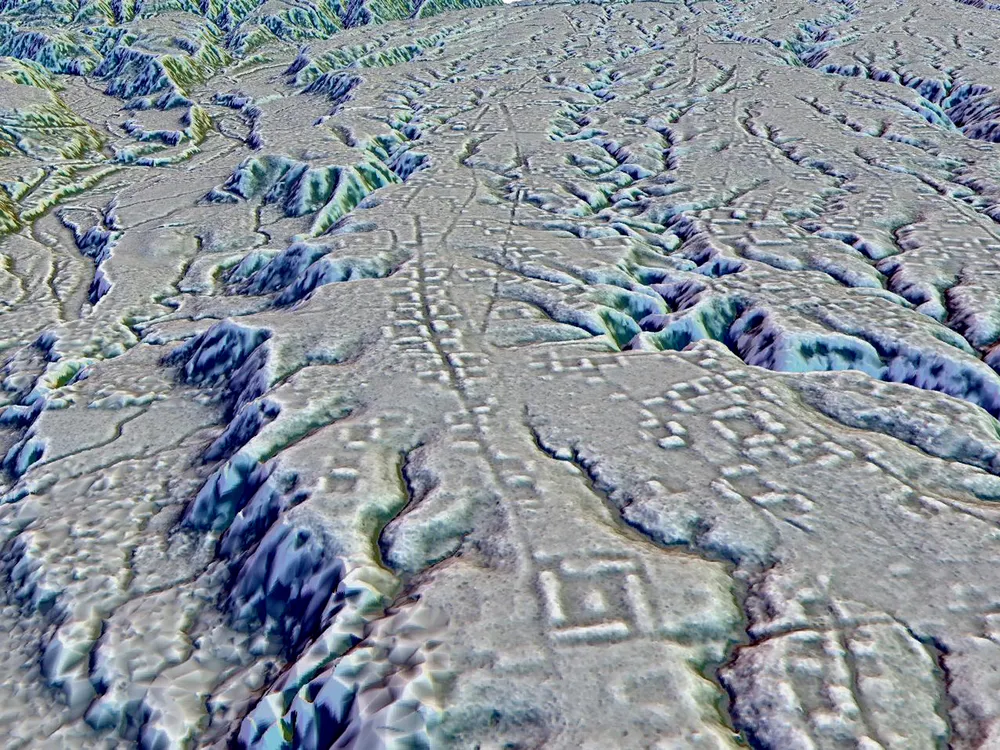
The scientists also found causeways with ditches on either side, which they think were canals for managing the region’s abundant water. There were signs of threats to the cities, such as ditches blocking entrances, which might indicate threats from nearby people.
Researchers first found evidence of a city in the 1970s, but this is the first comprehensive survey completed after 25 years of research. It reveals a large, complex society that appears to be even bigger than the well-known Mayan societies in Mexico and Central America.
“Imagine discovering another civilization like the Maya, but with completely different architecture, land use, and ceramics,” says José Iriarte, an archaeology professor at the University of Exeter who was not involved in the research. Some findings are unique for South America, such as the octagonal and rectangular platforms arranged together.
The societies were clearly well-organized and interconnected, with long sunken roads between settlements. While not much is known about the people who lived there, pits and hearths were found in the platforms, along with jars, stones for grinding plants, and burnt seeds. The Kilamope and Upano people likely focused on agriculture, eating maize and sweet potato, and probably drinking “chicha,” a type of sweet beer.

Prof. Rostain says he was initially warned against this research because scientists believed no ancient groups had lived in the Amazon. “But I’m very stubborn, so I did it anyway. Now I must admit I am quite happy to have made such a big discovery,” he says.
The next step for researchers is to understand what lies in an adjoining 300 sq km (116 sq mile) area that has not yet been surveyed.





